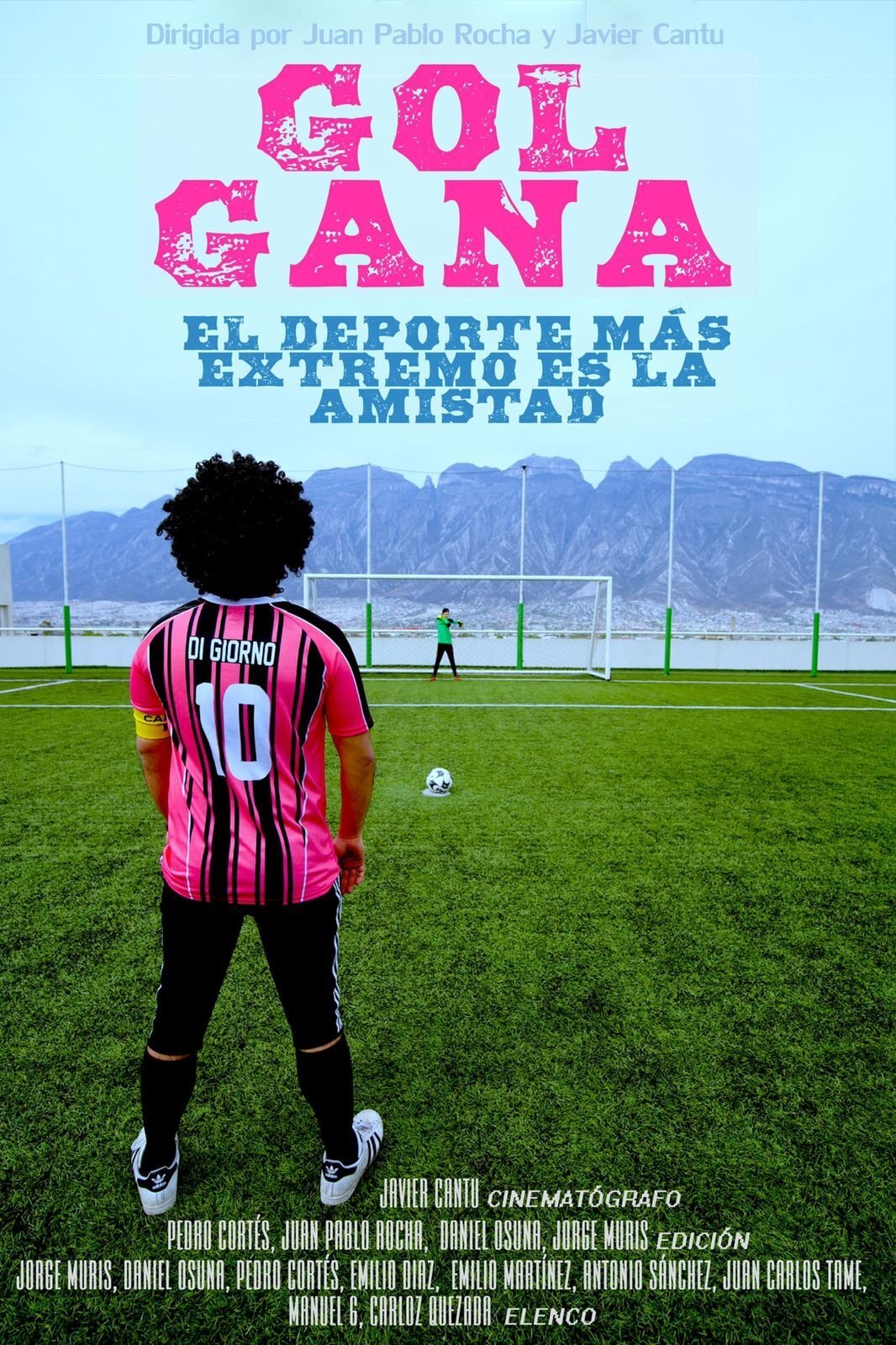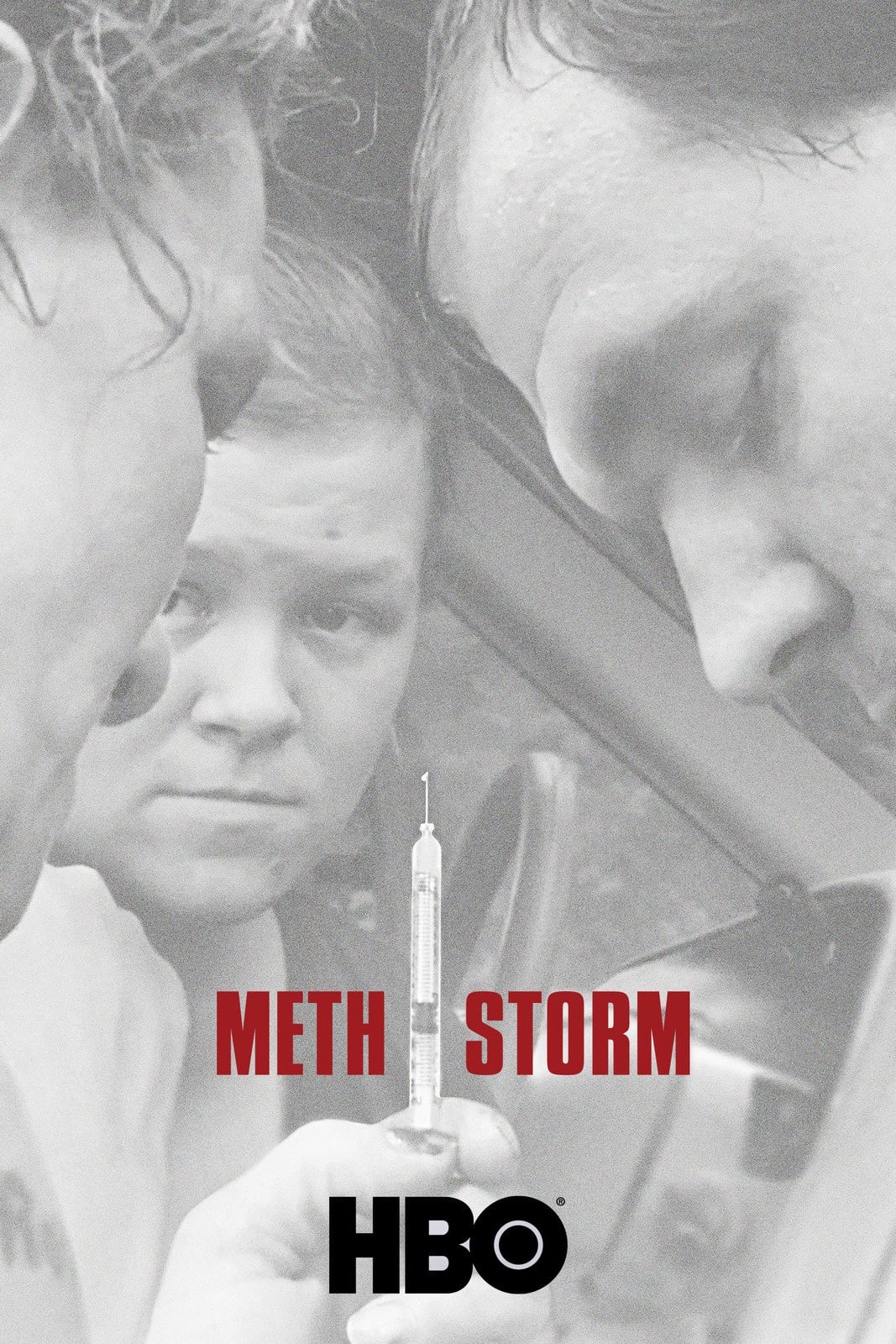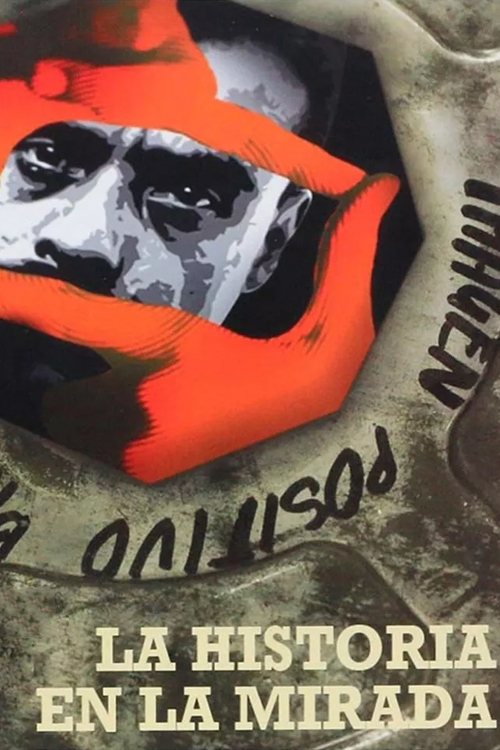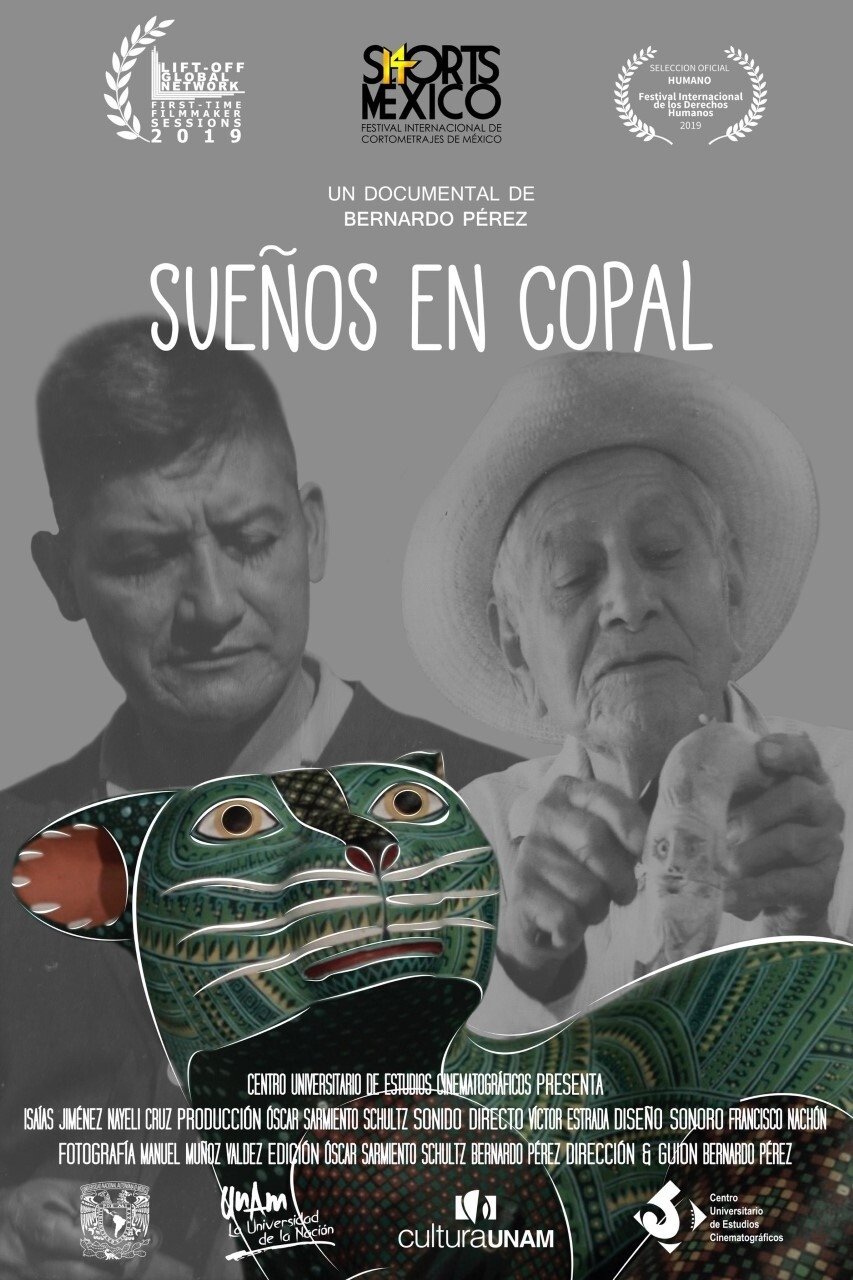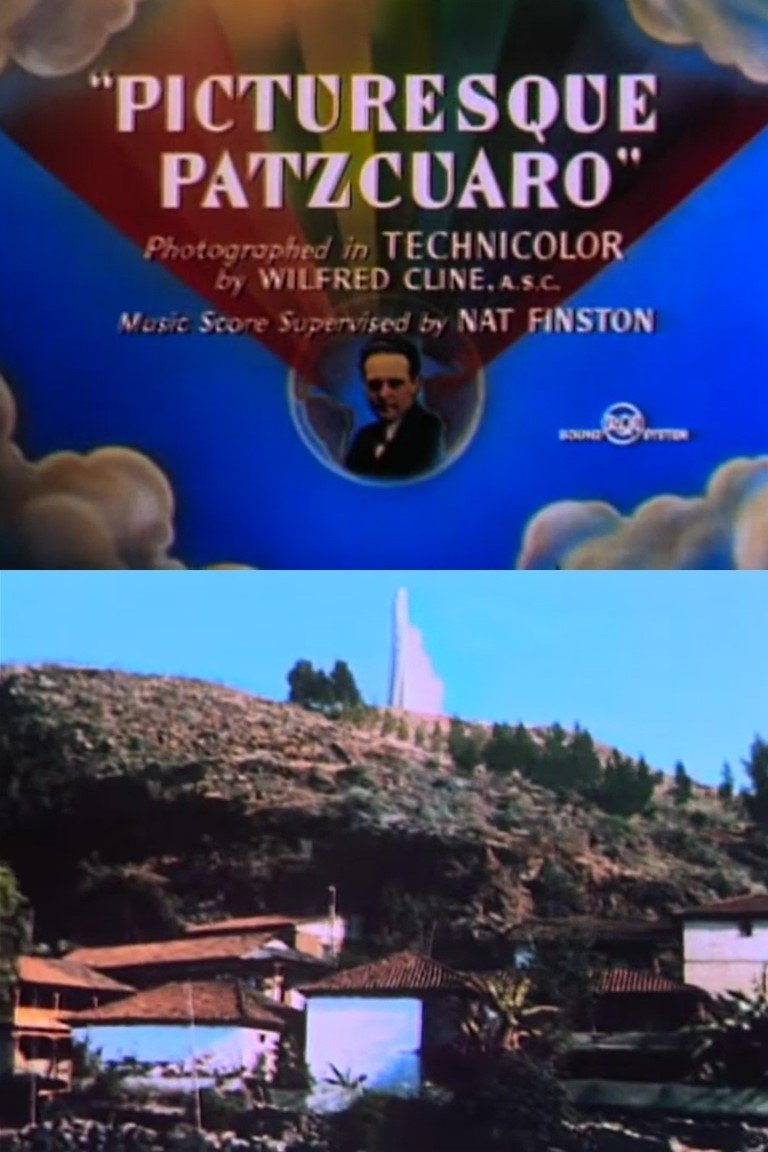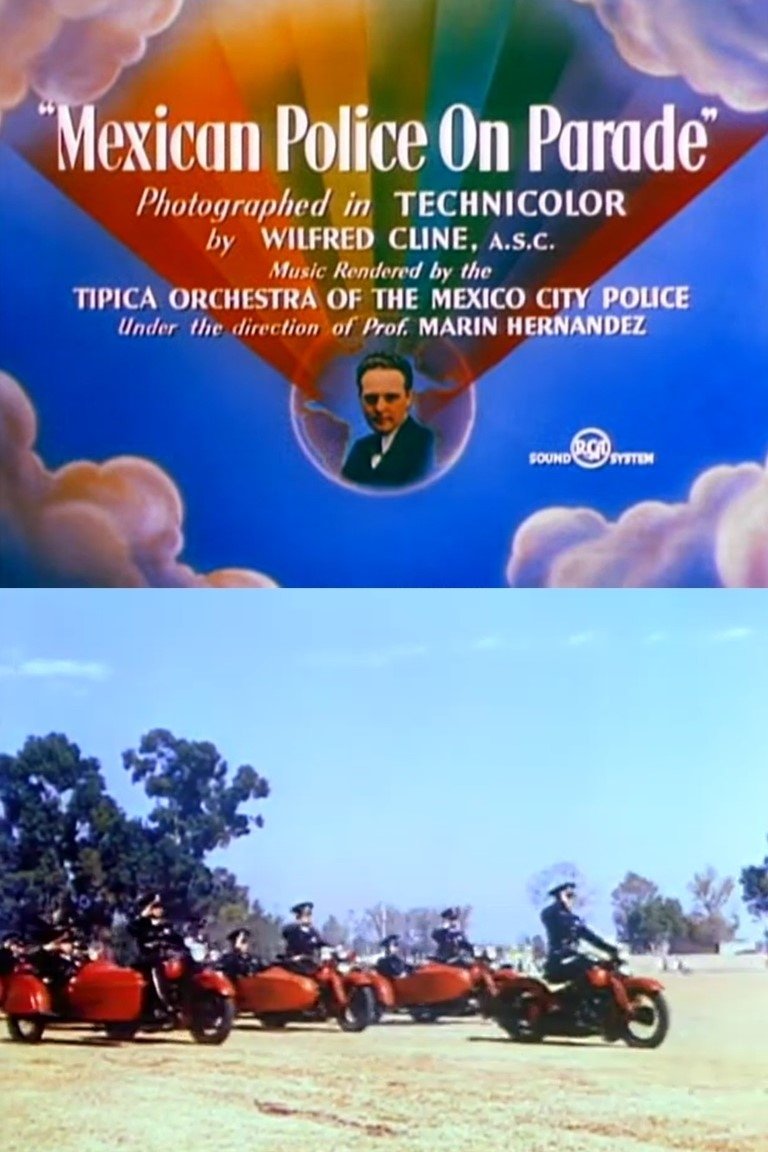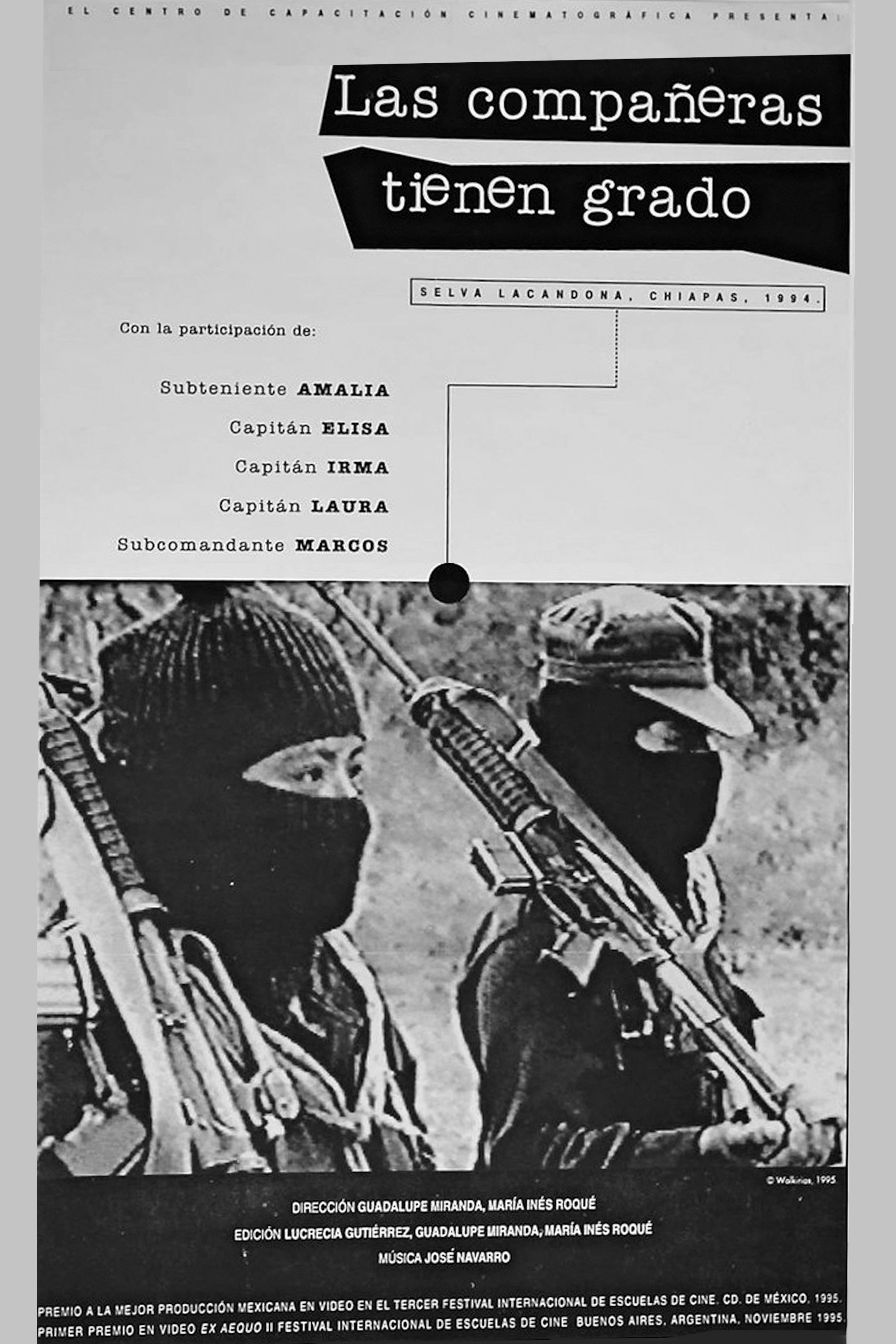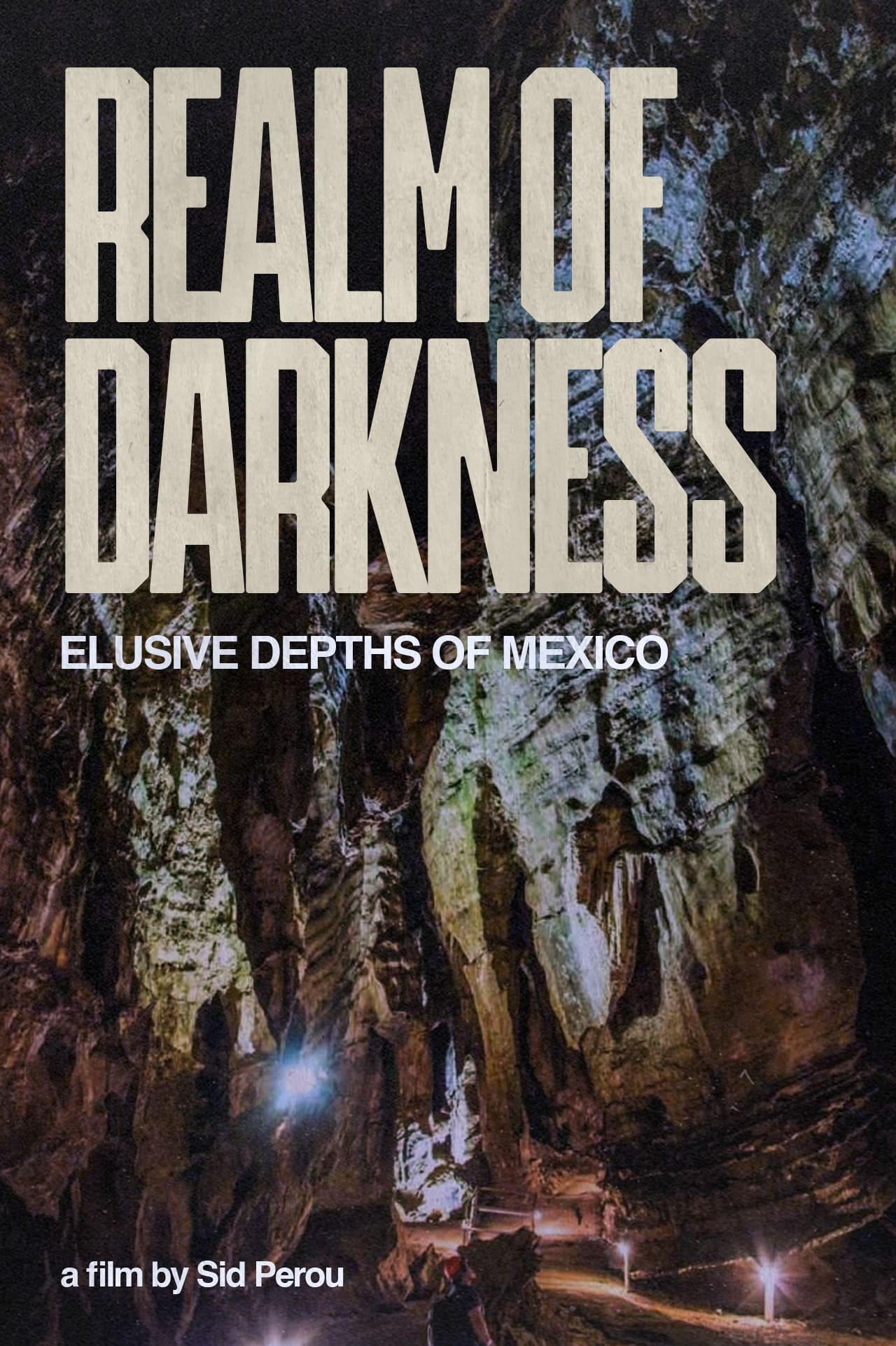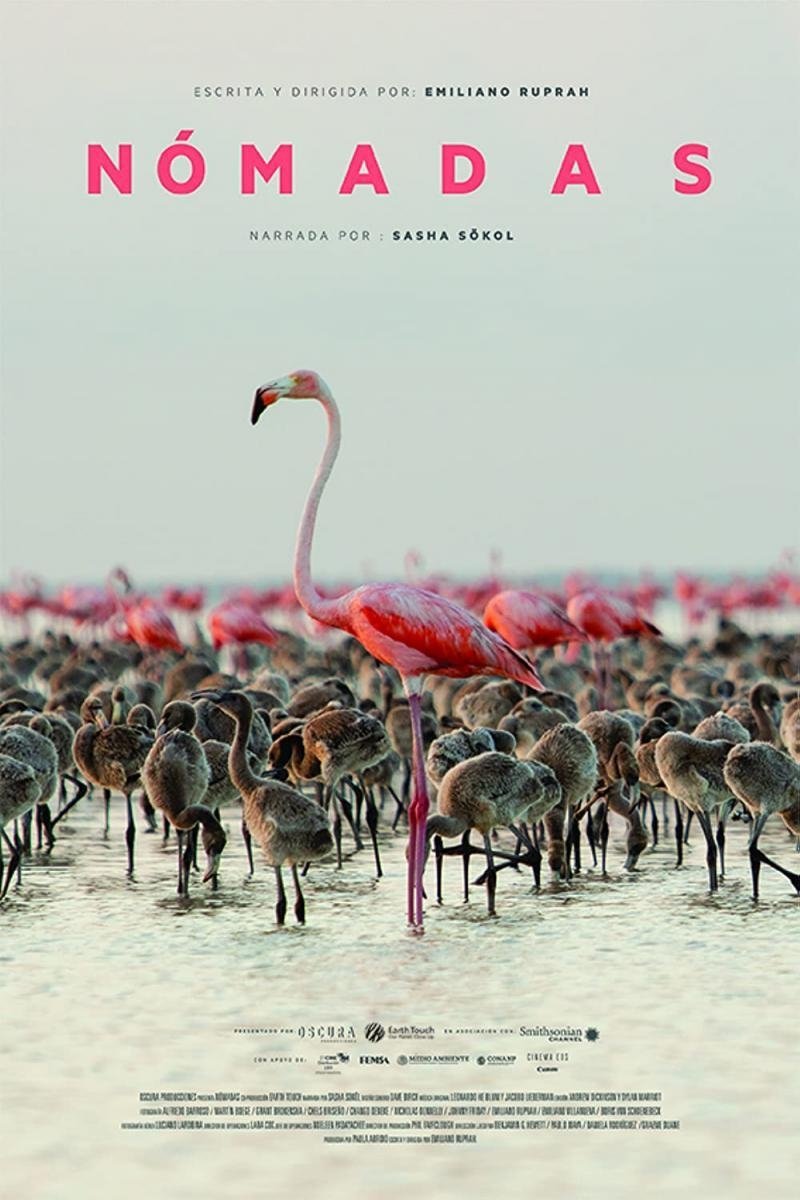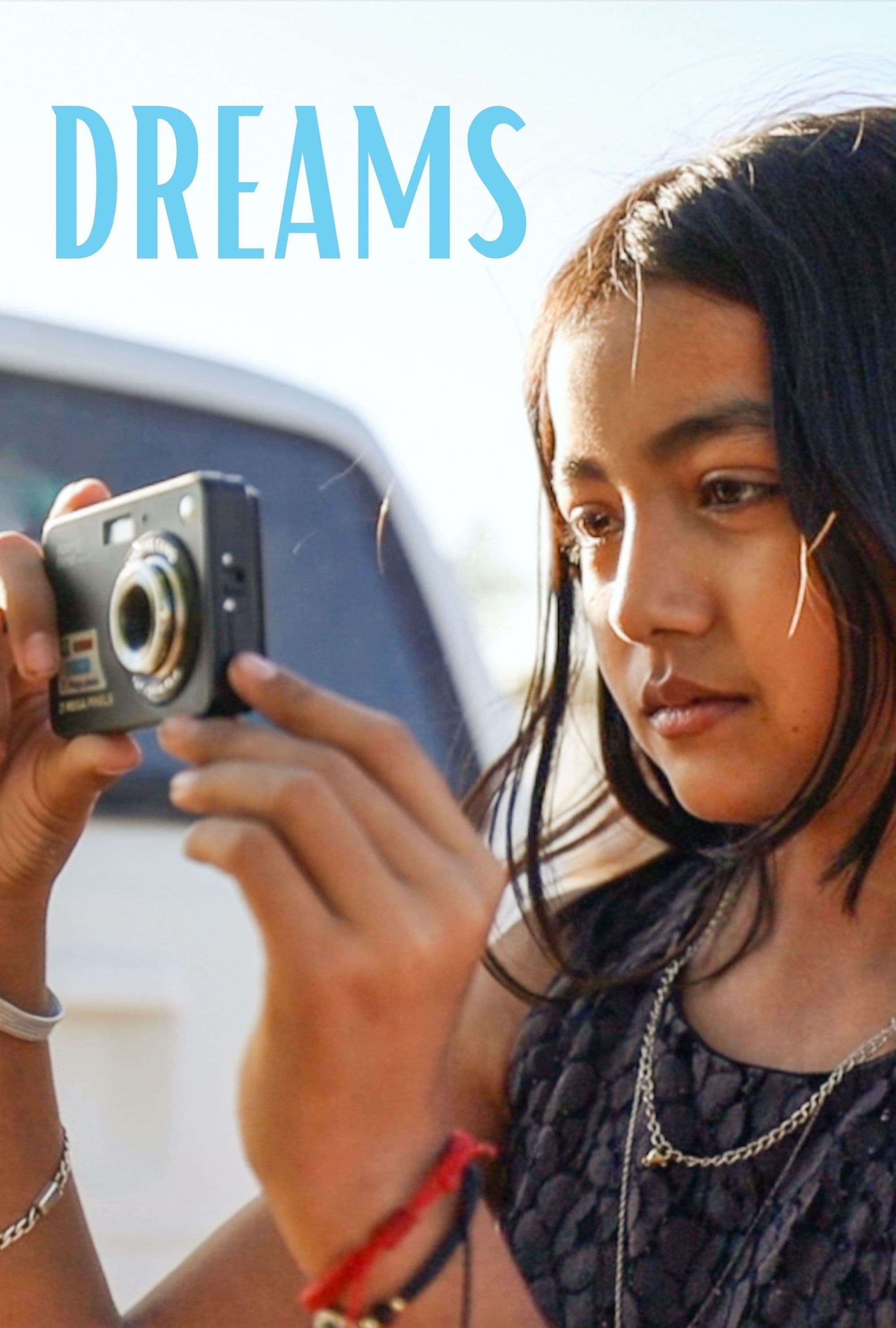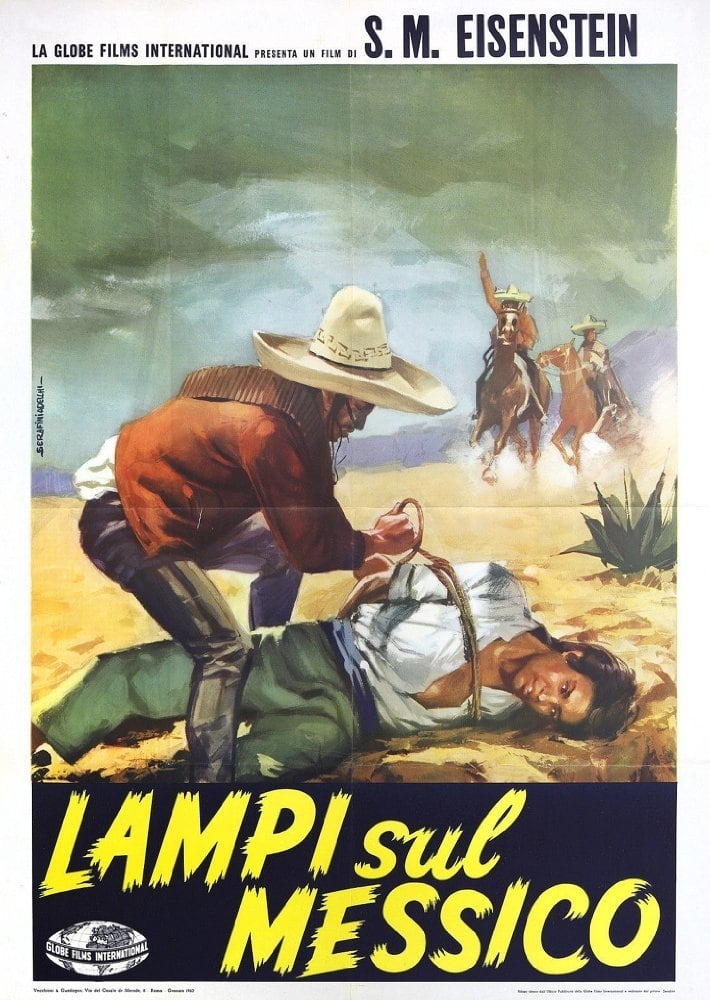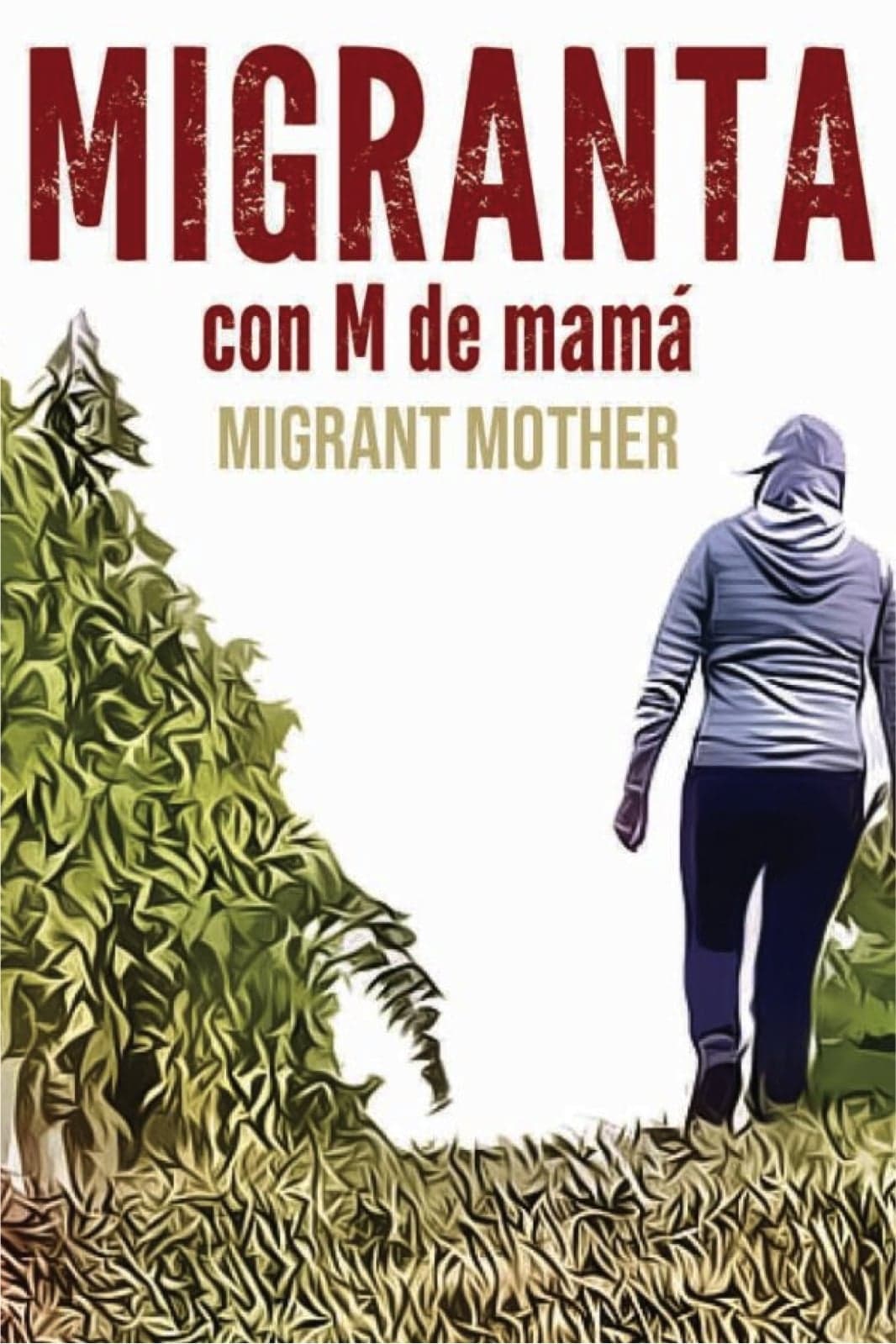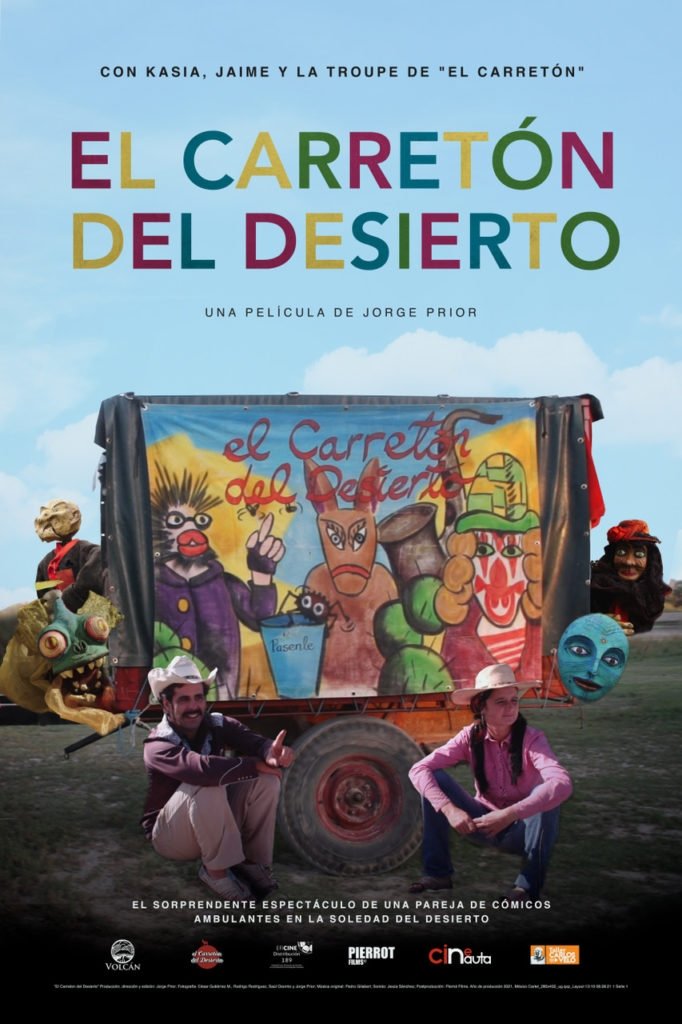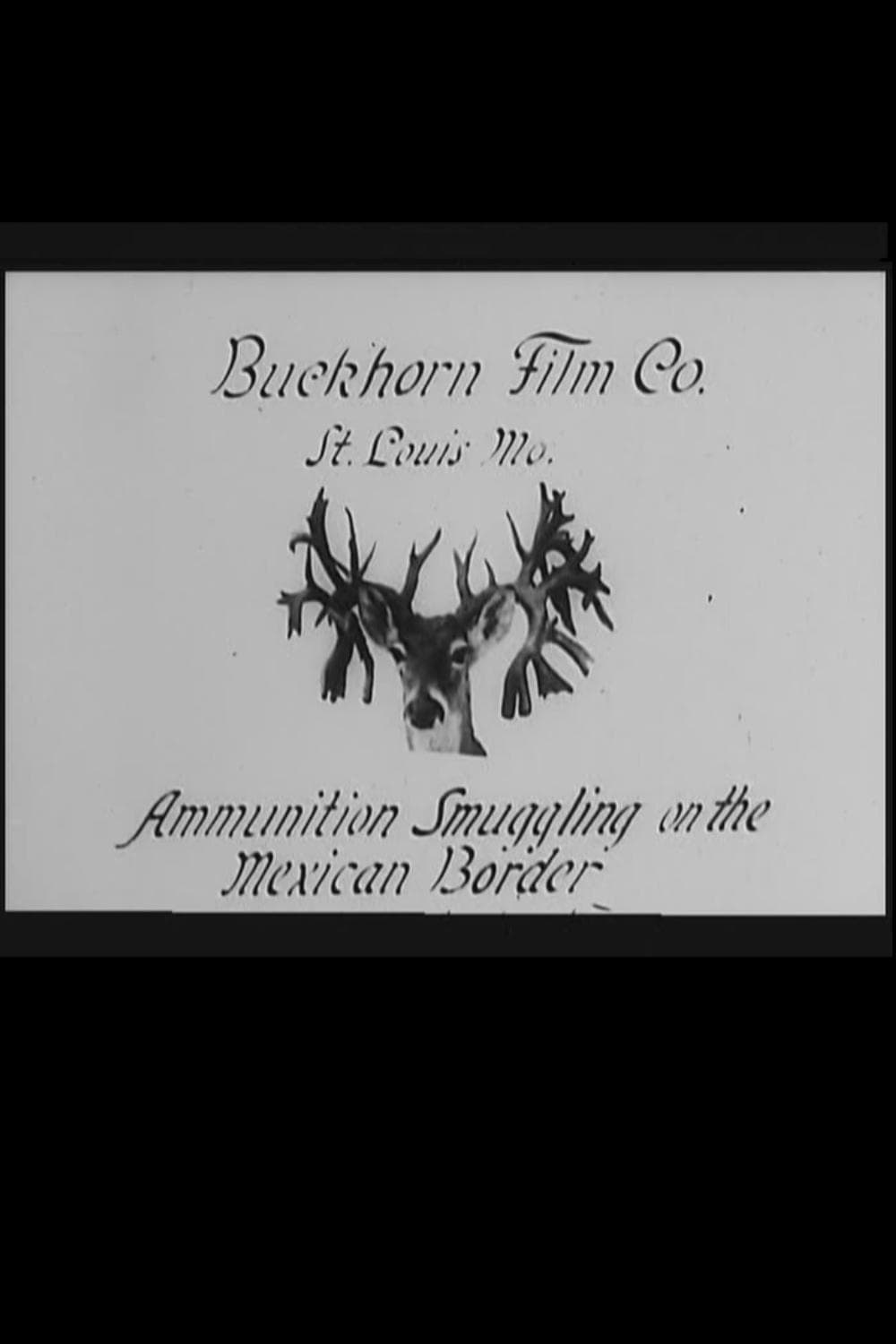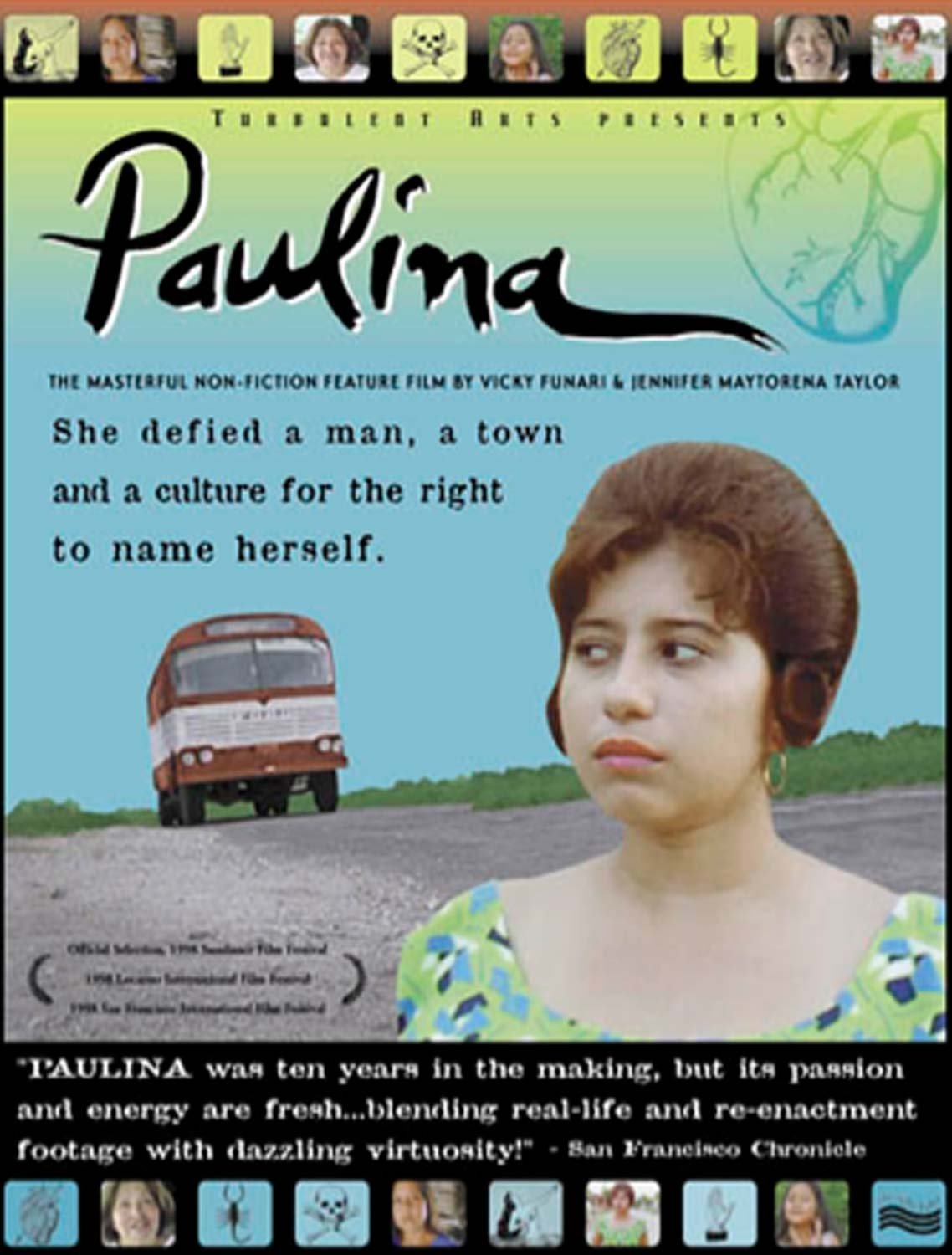
Paulina (1997)
Overview
Through both interviews and dramatic reenactments, this documentary chronicles the life of Paulina Cruz Suárez.In the 1950's, when Paulina was a child in a rural Mexican village, her parents traded her away for land rights. The villagers ostracized her and the town boss raped her, keeping her as his unwilling mistress throughout much of her adolescence. At 15, she took control of her destiny and escaped to Mexico City to begin a new life. Now middle-aged, Paulina returns to her village to confront her family about what happened and encounters a web of intrigue and denial. PAULINA interweaves documentary and fiction styles to explore the characters' radically different perspectives and memories, and those of this vital, resilient woman.
Production Companies
Additional Info
| Budget | $0.00 |
|---|---|
| Revenue | $0.00 |
| Original Language | en |
| Popularity | 0.596 |
Directed By
Vicky Funari
Crew
Vicky Funari
TOP CAST
Similar Movies
Centinelas del Silencio
Sentinels of Silence is a 1971 short documentary film on ancient Mexican civilizations. The film was directed and written by Mexican filmmaker Robert Amram, and is notable for being the first and only short film to win two Academy Awards.
Confronting the Cartels
Tens of thousands of Mexicans have been killed in drug-related gang violence in the past ten years. Ruthless criminals control the illegal trade with the US, thought to be worth $13bn a year. Now one of Mexico's leading politicians, known as El Bronco, the Governor of the State of Nuevo Leon claims he can beat the country's infamous cartels. For Our World Yalda Hakim has been to spend time with him.
Meth Storm
As police and DEA agents battle sophisticated cartels, rural, economically-disadvantaged users and dealers–whose addiction to ICE and lack of job opportunities have landed them in an endless cycle of poverty and incarceration–are caught in the middle.
The History in the Gaze
The film portraits the stage previous to the outbreak of the Mexican Revolution, from the end of Porfirio Díaz´ government, the social volatility, the ephemeral government of Madero and the presence of the working class in the figures of Villa and Zapata, until the signing if the Constitution of 1917. All of this through moving images, filmed during those events mainly by the Alva brothers, filmmakers of that time. Those images let us perceive the contradictory and shuddered glance of the people of that period.
Copal Dreams
The communities of San Martin Tilcajete and San Antonio Arrazola in Oaxaca, Mexico are best known for being the main source of the "Alebrijes" (wood carving) in the state; a relatively new but powerful tradition in mexican folklore. In both communities, there is a family that claims they're father started this tradition in all the state of Oaxaca.
Picturesque Patzcuaro
Lake Patzcuaro, located 230 miles west of Mexico City, is one of the highest and most picturesque bodies of water in Mexico. The heritage of the indigenous peoples of the area, the Tarascans, still prevails, such as the production of lacquer-ware handicrafts, and the means of hunting and fishing, the latter which uses nets shaped like large butterfly wings. Although most current day Tarascans are Roman Catholic, they have not totally abandoned their indigenous pagan gods. On Janitzio, one of the many islands in the lake, stands a large statue commemorating José María Morelos, a prominent figure in Mexican liberation and a great benefactor to the Tarascans. Janitzio is also the inspiration for many famous paintings. The town of Tzintzuntzan just inland from the lake's shore acts as the regional center for the market and for festivals.
Mexican Police on Parade
This Traveltalk series short showcases the Mexico City police department's various units as they participate in a yearly festival. Included are a marching band, a parade of patrol cars, the motorcycle unit, equestrian unit, and the department's pistol team.
Zapatista Women
April 1994 in the Lacandona Jungle, Chiapas, México. The Zapatista women talk about the living conditions of Mexican indigenous populations and the life of peasant women. They explain the reasons for their struggle and their uprising.
Nomads
This nature documentary follows some of the world’s most charismatic animals as they travel to Mexico across the span of a year. Using access to some of the country’s most protected sights, the film explores the relationship between family members as they battle to survive. Mixing moments of intimacy with fast-paced action, the film captures the epic scope of Mexico’s wildlife while it seeks to explain one of the most important themes of our era: migration.
Borderland Blues
„The Frontier“ or „La Frontera“ is the undulating landscape of the Sonora Desert in Arizona, which once was a symbol of freedom on the horizon of the American West – and also a region plagued by recurrent territorial struggles. Currently, a high steel fence stretches over several miles strictly separating the USA and Mexico into two territories. Every year, the remains of hundreds of migrants are retrieved from the area. The tense situation in Arizona’s borderland has split the locals into two groups: one demanding a more technically advanced border control system, the other requesting more humanitarian help. Accompanying various locals, NGO workers and self-proclaimed border guards from the region, filmmaker Gudrun Gruber raises the question of whether the latest border control technology will finally bring peace to the area, or rather merely increase the number of deaths.
Thunder Over Mexico
As was common in Diaz's Mexico, a young hacienda worker finds his betrothed imprisoned and his life threatened by his master for confronting a hacienda guest for raping the girl. This film is the first of several attempts to make a feature-length motion picture out of the 200,000-plus feet of film shot by Sergei Eisenstein, on photographic expedition in Mexico during 1931-32 for Upton Sinclair and a cadre of private American producer-investors. Silent with music and English intertitles.
Migrant Mother
Migranta tells the stories of Vicky, Betty and Lety, (three mothers who have come to Canada from Mexico as part of the federal government’s Seasonal Agricultural Worker Program) as they face calculated risks, difficult choices and harsh realities while navigating, work and life in Canada while being separated from families and communities they support.
The Desert Wagon
A couple of artists travels through the Mexico desert to present their puppet show.
Ammunition Smuggling on the Mexican Border: Incidents of the Mexican Revolution
Around the film hang fascinating questions about border politics, which I’ll touch on in an introduction before the screening. One of Eugene Buck’s motivations for making the film may have been his rough cross-examination during his kidnappers’ first trials, in October 1913, when defense attorneys cast him as a confused and unreliable witness against idealistic freedom fighters. On film he could reproduce the pursuit, the shootouts, his kidnapping, and his friend’s murder just as he had testified. Reenacting the crime on film may have been the best revenge—and a way to honor the sacrifice of Deputy Ortiz, a twenty-year police veteran and, for the era, a rare Mexican American lawman.

